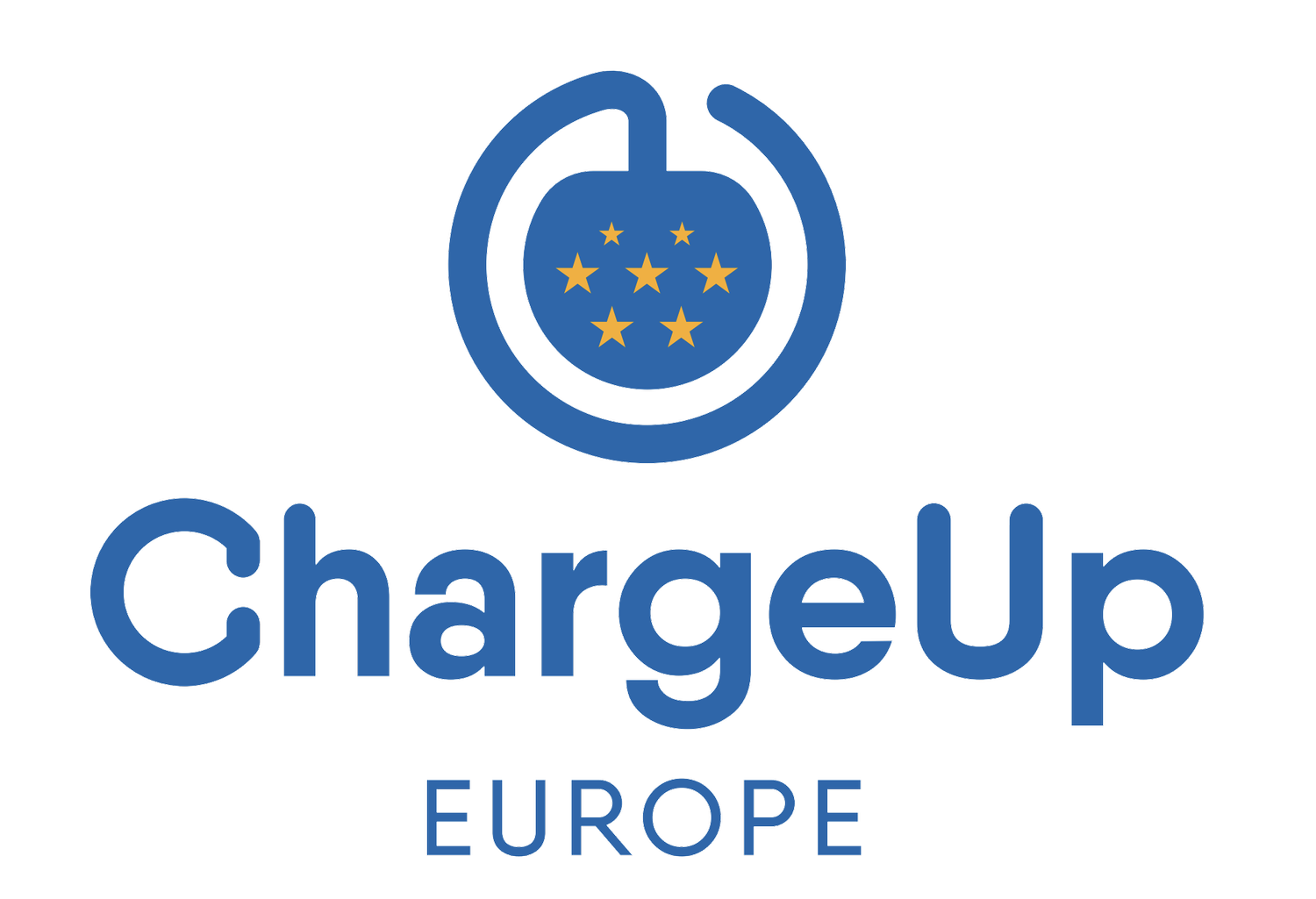
Our Positions
EV charging issues cross many policy areas - Consumer affairs, energy, IT & cyber, automotive, manufacturing, and many more.
Search below or use our filters to find our position papers on the topics of interest to you.
Electric vehicle charging infrastructure: a key pillar of the EU’s green recovery plan
This statement provides an overview of ChargeUp Europe’s views and recommendations for the EU’s post COVID-19 crisis recovery plan.
A clean electrified transport recovery
While the current health crisis is at the very top of the European political agenda, and will be for some time, the economic challenge many sectors will face will be profound. The EU’s response to the COVID-19 crisis must put the union firmly on the path to a truly sustainable, climate-neutral and just economy. The recovery plans that are being developed need to provide stimuli for Europe’s businesses to lead on clean energy, zero-emission mobility and digitalization in order to deliver on the European Green Deal and the EU’s digital strategy.
Electric mobility will play a key role in decarbonising the transport sector, bringing clear environmental benefits by reducing emissions and greatly improving air quality, contributing to the EU’s climate and environment goals and improving the lives and health of all citizens.
It should thus become a key pillar of the EU’s recovery action plan. The EV market is expanding rapidly, and even by conservative estimates, 30% of all registered vehicles in the EU will be EVs by 2030. A combination of well-designed market stimuli programs will trigger and accelerate the much-needed investment leading to faster uptake of EVs and related charging infrastructure. This will maximize the potential of the transport sector in reducing CO2 and other particles emissions in line with the European Green Deal objectives.
In order to achieve this, ChargeUp Europe has the following 10 concrete suggestions for Europe’s recovery plan:
Stimulate the market demand for electric vehicles
Maintain the targets for vehicle CO2 standards and explore the possibility for car manufacturers to receive more super-credits for selling EVs according to the EU 2020/21 Car CO2 regulations.
Establish an EU-wide scrappage scheme to support the sales of zero-emission vehicles by financing the switch from older and combustion engine vehicles to zero-emission vehicles.
Support cities and regions in Europe to invest in electrifying their municipal fleets. With the rapidly improving total cost of ownership (TCO) of electric municipal fleets, an acceleration of the requirements of the implementation of Clean Vehicles Directive should be considered.
Support Member States in extending existing incentive measures for electric vehicle purchase and ownership e.g. registration tax, annual circulation tax and other non-fiscal stimuli. Allowing Member States to temporarily waive VAT on low and zero emission vehicles as recognized in the Revised Clean Vehicles Directive (EU 2019/1161) should also be considered.
Ensure the right investment criteria are in place to accelerate the roll-out of EV charging infrastructure across all domains
Increase the ambition for cabling for both residential and office buildings in order to address EV driver charging needs. A ‘Right to Plug’ should be promoted which will accelerate the relatively slow uptake of EV charging infrastructure in multi-residential buildings.
Earmark EU funds to support Member States and regional authorities in setting up or expanding incentive programs for stimulating private investment by citizens and commercial entities in the roll-out of charging infrastructure.
Investigate the extent to which EV public charging infrastructure is also critical energy infrastructure and steer public funds to prioritize grid preparations and upgrades, in particular for low- to medium-voltage grid upgrades in urban areas, for multi-use (car/bus/van/truck) fast-charging hubs and depots.
Support regional authorities in addressing investment gaps to ensure coverage of remote areas of the TEN-T Comprehensive road network of the EU so that no EU region is left behind on EV-infrastructure.
Promote innovative bidirectional smart charging and energy storage technologies with the goal to integrate mass renewables into the energy system and improve grid efficiency and the overall climate impact.
Encourage Green debt instruments to be launched by the European Investment Bank to grant bonus loans or rate reductions when green performance indicators are met for EV infrastructure projects.
